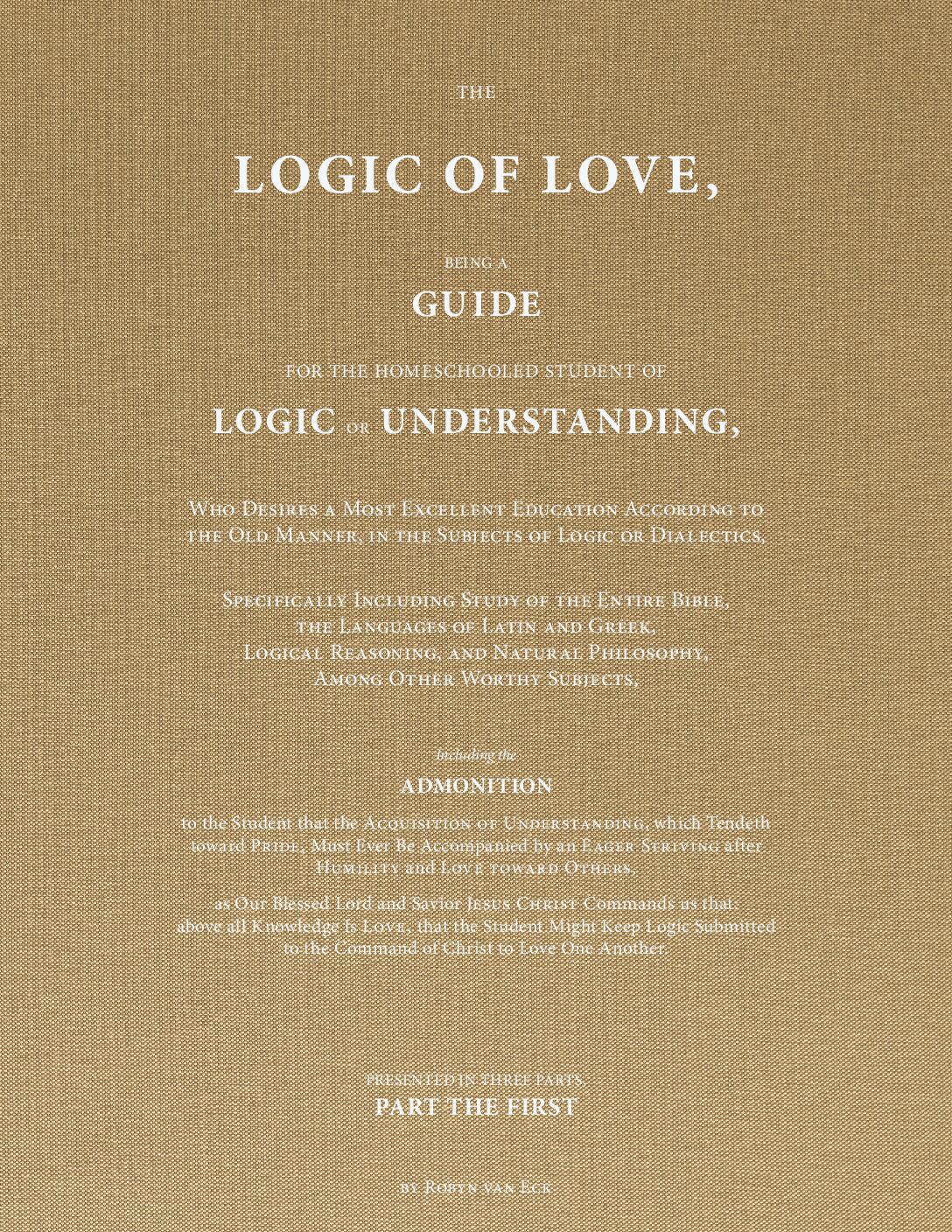Uprightness of Posture
What about standing up straight?
Natural health folks point out that in third world countries, people may be struggling to make sure they have food at every meal, but they have fantastic posture (and teeth… but that’s another story). Our good friend, a top-rate chiropractor, put a bumper sticker on his car that says, “I’m silently judging your posture.” Our posture is related to our health in a lot of ways, for good or ill.
My training is as a classical musician; having good posture is critical to being able to play a wind instrument or sing well, so I worked hard to develop good posture for performance. But in the rest of my life, I carried myself with the slouch that public school and movies taught me was cool. By my early twenties I was having chronic back pain.
That surely had something to do with how I’ve taught my children. That, and, well, you know that I pretty much figure the old-fashioned ways were working pretty well, so I feel like I’m on fairly solid ground when I teach my children to do the things they used to do in the old days. So from the start of homeschooling, I have taught my children, “Sit up straight!”
I learned that not only is it good for their sweet little backs, but it also helps them to focus better, and thus to learn better. It even helps them to have a more motivated attitude with their schoolwork. So I would say, “Sit up straight; it’ll help you think better!”
In the Spencerian penmanship books used in American classrooms in the 19th century, the authors instruct students, “Those who do not wish to become hollow-chested or round-shouldered should learn to sit easily upright, and keep the shoulders square.” This was typical of what children were taught in the old days of Christian education.
But I think there’s something even deeper to consider with this topic.
Gravity
All of the old books, from when the West had a Christian Worldview, taught that it was noble and good to stand up straight.
It’s funny how babies and toddlers start off with perfectly upright posture, but they soon learn to slouch.
When you read the old books, and even today, a good quality in a heroic character is noted in saying that he has “a strong spine”. The old books describe noble youths as ones who stand upright; you see that again and again. So that makes me think that ours is not the first generation in which we find that it is a fight to stand up straight.
It is hard work to stand up straight. Good posture is not some magical thing that some people have without trying, while others of us are simply made without good posture.
Gravity is always pulling us down. Good posture takes hard work, effort.
Every minute, we have to fight against gravity to hold ourselves upright. God designed our backs to have this nice arch and upright posture—and yet every minute it is a fight to stay upright against gravity; we have to develop strength in our backs. Hence the importance of having a “strong spine”.
Uprightness of Heart
It sets us apart from the animals. God made us to walk upright, to stand high and tall.
But, as we noted, gravity is always pulling us down. How can it be that something that should be natural takes so much work?
The Bible has much to say about uprightness, and I think that uprightness outwardly is meant to teach us about inward uprightness.
Our natural bent is toward sinfulness, deceitfulness, and selfishness. We think that it ought to be easy to do right—we see how good it is, and we want to do it! But instead, we always go down to sin, lowness, deceit. It is like gravity to us, and we must fight very hard, in the spirit, to walk uprightly.
I think that God has given us the clear design of proper back posture—to stand, sit, and walk, as tall and straight as we can. Just like all of the old Christian books said! But we cannot do it without constantly fighting against the gravity that is trying to pull us down. And I believe that God has designed us this way to teach us about inward uprightness—that we should walk uprightly in heart, but that everything natural drags us down, and we must work very hard to walk uprightly in heart.
But the good news is that the more we walk uprightly, the stronger our muscles get, and the easier it is to continue to walk uprightly! Outwardly and inwardly.
Now therefore fear the Lord, and serve him in uprightness and in truth… Joshua 24:14
Fighting Against Gravity
So today, I teach my children to stand and sit uprightly. We’ve memorized that old exhortation, “Those who do not wish to become hollow-chested or round-shouldered should learn to sit easily upright, and keep the shoulders square.”
I believe that hundreds and perhaps thousands of reminders to my child will bring it about that in adulthood, “When he is old, he will not depart from it.” I think that it will take, sooner or later. And if not, then at least I did my best to help him.
But when I remind them, I often give them this additional encouragement, “Sit uprightly, and let it be a reminder to you that we must fight to walk uprightly before the Lord in our hearts, too!”
Thanks for dropping by; please keep us in prayer!
Recommended Resources
-

Grammar of Grace
$89.00 – $148.00 Select options This product has multiple variants. The options may be chosen on the product page -

The Logic of Love: Understanding 1
$45.00 – $60.00 Select options This product has multiple variants. The options may be chosen on the product page -

Koine for Kids: A Pre-Primer for Biblical Greek
$18.00 Add to cart



Jennifer Pester
Robyn, as always such a timely article! I have begun working on my own posture recently (yikes to 41 years of slouching!) and it takes a lot of concentration to remember to correct myself. My son (15) has very mild scoliosis (which praise the Lord has gotten better!!!) and has a section of spine that protrudes out in one area. We visited the doctor and I asked about it, he told us that it was from his poor posture. He called it "Tech Neck" or something like that. My son has been sitting with his shoulders rolled forward and hunched over for so long that it has altered the way his spine looks (and functions). I was relieved to know that the spine protrusion was not from worsening scoliosis and can be fixed with diligence in sitting correctly!